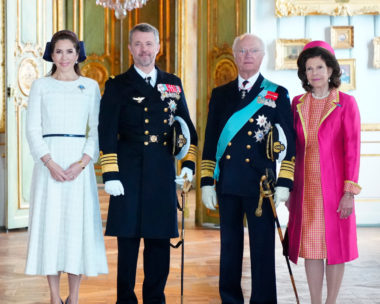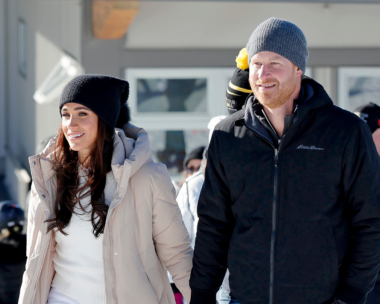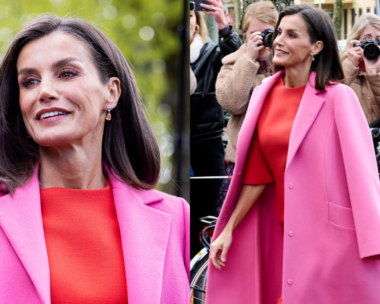The British royal family is a symbol of tradition, continuity, and the enduring legacy of monarchy.
In recent times, the royal family has garnered fans around the world; royalists who love hearing anything and everything about the late Queen Elizabeth II, her son, the newly crowned King Charles III, Queen Camilla, Prince William, Princess Catherine, Prince Harry, Meghan Markle… the list goes on.
But what about the original members of the royal family? How did the royal family even begin?
Read on to find out…

How did the royal family start?
The foundation of the British royal family can be traced back to the early medieval period, during the reign of Alfred the Great, who ruled the Kingdom of Wessex in the late 9th century. Alfred’s efforts to consolidate power and unite the various Anglo-Saxon kingdoms laid the groundwork for what would later become England.
The House of Wessex, which Alfred founded, played a pivotal role in the formation of the royal family. They claimed direct descent from the legendary figure of King Cerdic, who was believed to have established the Kingdom of Wessex. The House of Wessex continued to rule and expanded its influence, eventually giving rise to various dynasties that would shape the destiny of England.
How did the royal family become royalty?
One of the most defining moments in the history of the British royal family occurred in 1066, when William the Conqueror, Duke of Normandy, successfully invaded England, ushering in the Norman Conquest. This event marked the beginning of the Norman dynasty and the emergence of the first royal lineage to wield power over England.
King William I’s reign saw the introduction of Norman feudalism, the Domesday Book, and the construction of the Tower of London. It laid the foundation for a distinct Norman influence on the monarchy, which would persist for several generations.

Following William’s sons William II and Henry I succeeding him, there was a bit of contention when Henry named his only surviving child Matilda (a female) as his heir. Following Henry’s death, Stephen, one of William II’s grandsons, laid claim to the throne. Ultimately, an agreement was reached and Matilda’s son Henry became King Henry II, the first monarch of the Plantagenet dynasty, which ruled England for over three centuries.
This period witnessed pivotal events like the signing of the Magna Carta in 1215, which limited the monarch’s power and laid the groundwork for constitutional monarchy. And the Hundred Years’ War with France, initiated by Edward III’s claim to the French throne, further solidified England’s political identity.
The Wars of the Roses, a brutal dynastic conflict between the rival houses of Lancaster and York, then gripped England in the 15th century. The eventual ascension of Henry VII, a Tudor, to the throne after defeating Richard III at the Battle of Bosworth Field, marked the end of the Plantagenet dynasty and the beginning of the Tudor era.

The Tudor dynasty, which included Henry VIII and Elizabeth I, is among the most iconic in British history; Henry VIII’s desire for a male heir led to the English Reformation, separating the Church of England from the Roman Catholic Church, and Elizabeth I’s reign witnessed the flourishing of English literature, the defeat of the Spanish Armada, and the birth of the Elizabethan Age.
The Stuart dynasty eventually succeeded the Tudors, with notable monarchs like James I and Charles I taking on the throne. However, the Stuart era was marked by political turmoil, leading to the English Civil War and the execution of Charles I.
This period also culminated in the Glorious Revolution of 1688, which saw the accession of William and Mary to the throne and the establishment of constitutional monarchy.
In the 18th and 19th centuries, the British monarchy evolved even further, with the reigns of monarchs like Queen Victoria and Queen Elizabeth II playing pivotal roles. Queen Victoria’s long rule saw the expansion of the British Empire, while Queen Elizabeth II’s reign represented a continuation of the monarchy into the modern age.

Who was the first King of England?
Technically, the first King of England was Alfred the Great’s grandson Æthelstan. He ruled over a kingdom – that roughly corresponds to the current borders of England – in the early 900s.




